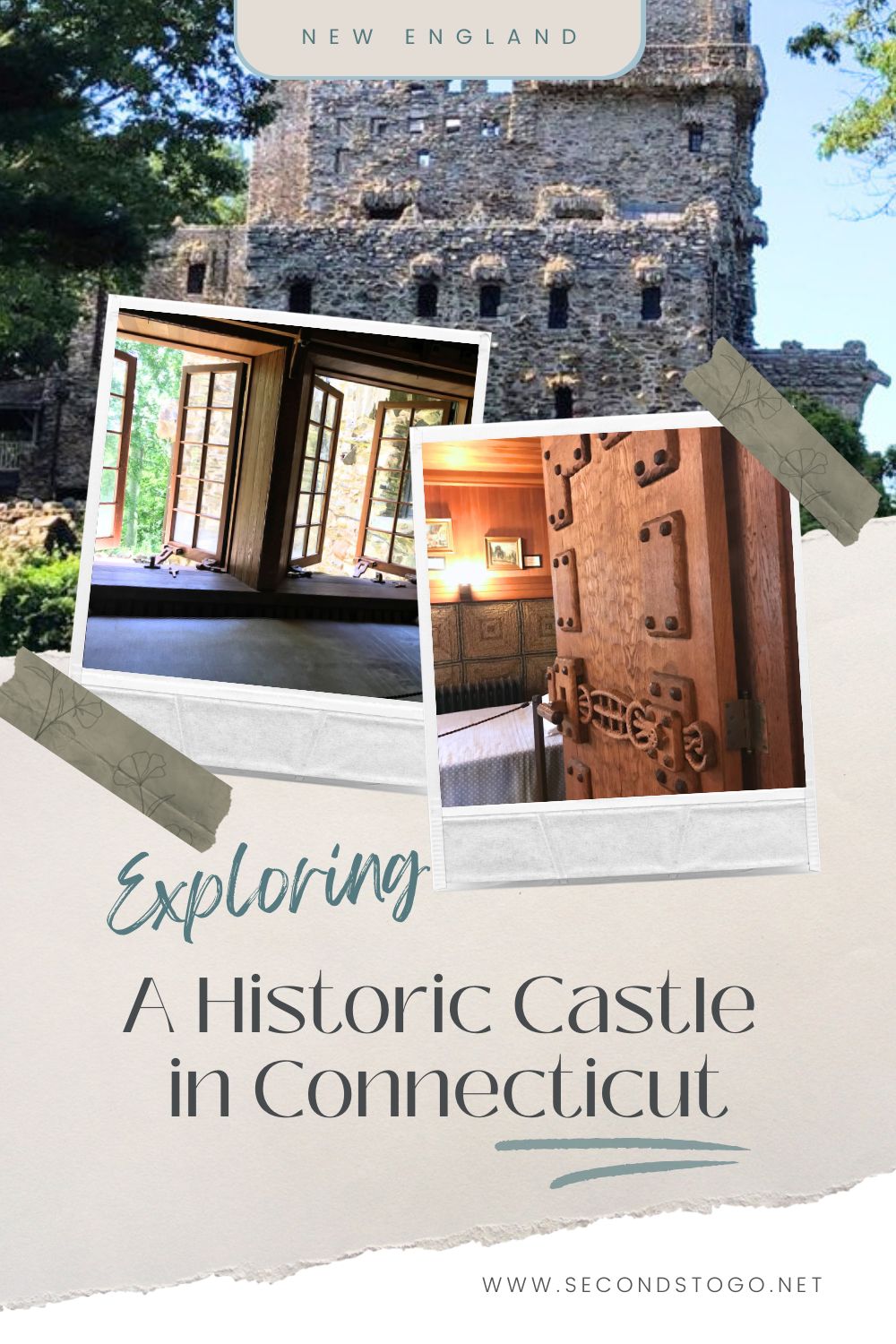Traveling across New England, it isn’t uncommon to find historical residences, but Gillette Castle in Connecticut sets the stage, so to speak, for a unique experience and day trip.
Entering the twilight years of his life, actor, playwright, director and innovator, William Gillette, built a stone house atop the Seven Sisters mountain range overlooking the Connecticut River near East Haddam. The 24-room structure was designed by Gillette himself and took 5 years to build.
Filled with mysteries and surprises, the house, now called Gillette Castle, portrays the actor’s theatrical sensibilities, but also an intricate mind for innovation. To best understand the creation, you have to understand the man himself.
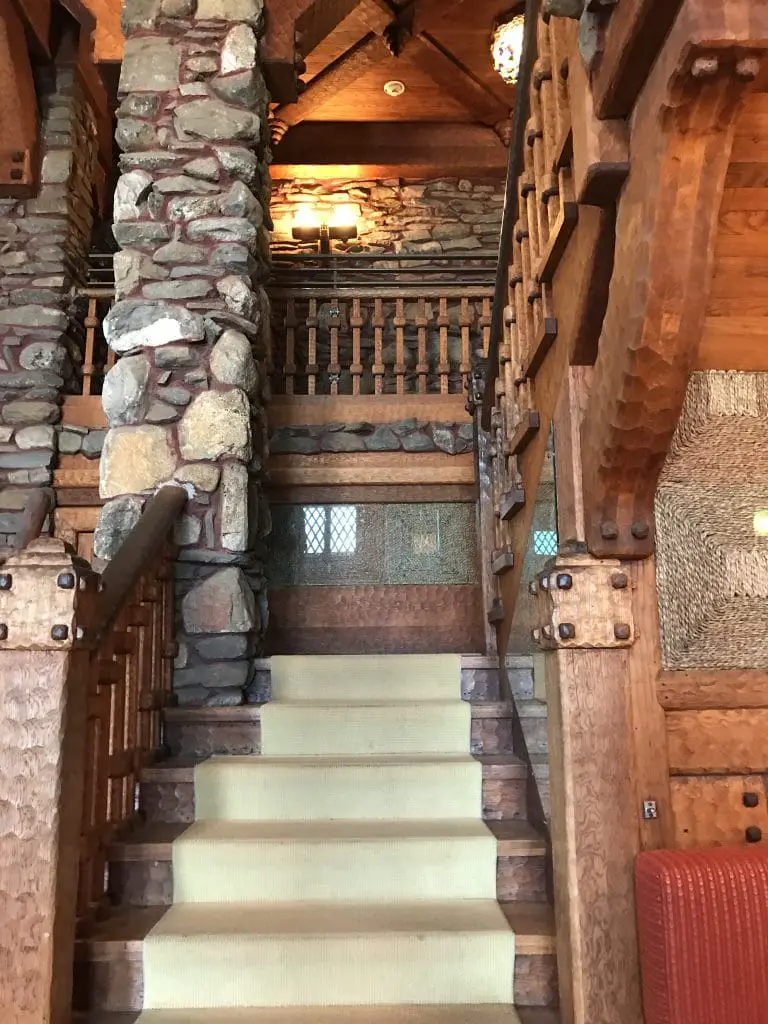
William Hooker Gillette, Playwright, Actor, Innovator
William Hooker Gillette was born in 1853. His father, Francis Gillette, acted as a U.S. senator from 1854 to 1855 after serving several years in the House. He was a staunch opponent to slavery and well known for speaking out against the practice.
During a speech before the U.S. senate on February 23, 1855, he was recorded as saying, “In what article, section, or clause, of the Constitution, is the tremendous power given to this Government to make a man a slave, to snatch from him the crown and jewels of his immortal nature and load him with chains?”
Despite the father’s political activism, William Hooker Gillette shied away from confrontation and politics. Perhaps it was his upbringing in what was once a rural area of Hartford that set him up for his role as a playright. Gillette enjoyed an affluent childhood in what was then the rural Nook Farm area of Hartford. His youth certainly influenced his plays, most of which were based on the newly emerging middle class.
While recognized for his skills as a playwright and most notably, his stage portrayal of Sherlock Holmes, Gillette was equally as comfortable working behind the scenes. An early childhood spent building and inventing prepared him for his backstage role in the theater, where he created trick stage props as well as special stage and lighting effects. In 1888, he patented a method for reproducing the heralding clip-clop of horses’ hooves.
He would later take his penchent for the theater, as well as his spirit of innovation, into the construction of Gillette Castle in Connecticut.
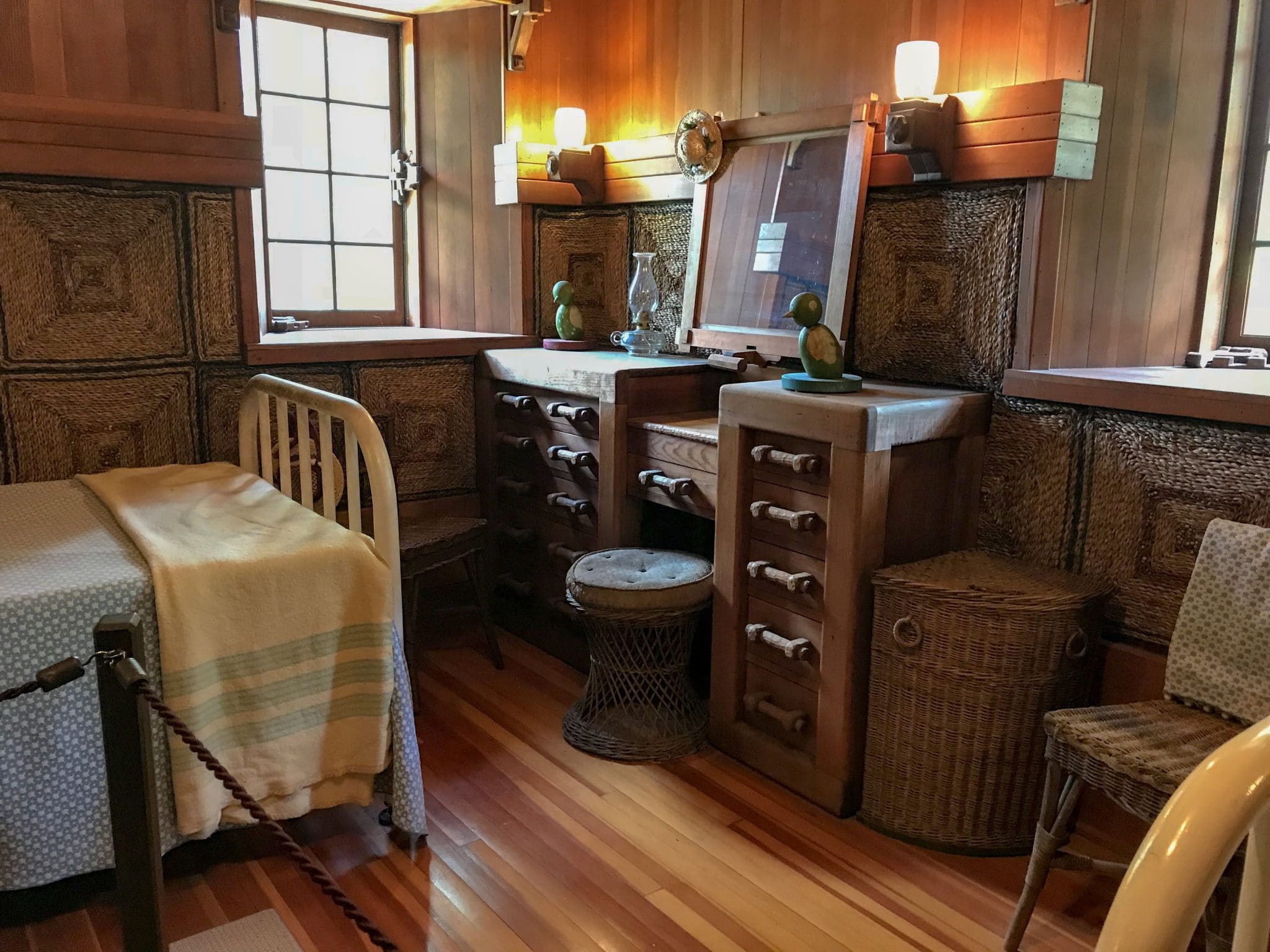
Bringing the Stage Home to Gillette Castle in Connecticut
Gillette’s technical skills of innovation are what make his home on Seven Sisters mountain such a treat. Drawing on his own innate penchant for engineering and design, he devised his personal residence as if it were an elaborate stage where he could continue to play his leading role for guests.
Trick doors and hidden passages allowed him to disappear at will and reappear suddenly in unexpected locations, much to the delight, or perhaps chagrin, of his visitors.
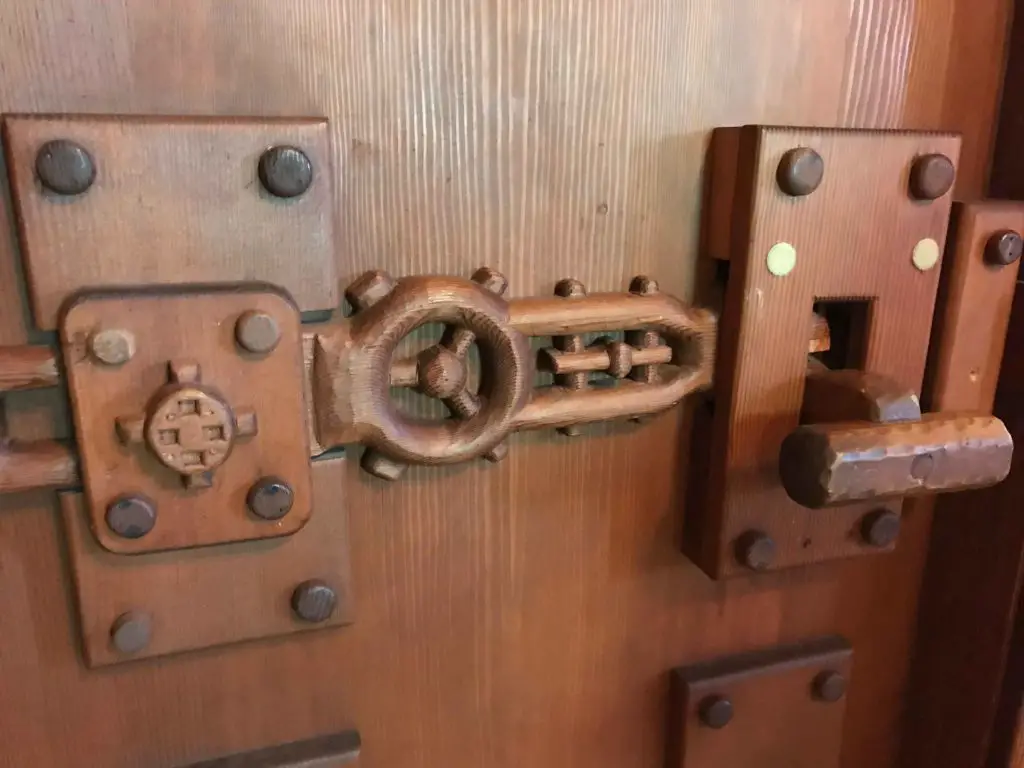
At the time the actor-playwrite was building Gillette Castle in Connecticut, fire was a grave concern. Fire brigades were primitive and confined mostly to city spaces. Rural outliers, such as the Seven Sisters Mountains, would have had no public protection against the ravages of flame.
With no formal training, Gillette designed a sprinkler system to protect the house should any of the elaborate woodwork catch on fire. A large tank collected rain water from the roof, holding it ready to douse a spark at the pull of a chord.
In many ways, Gillette was well before his time, but Gillette Castle in Connecticut is equal parts drama and ingenuity. Heavily-carved light switches resemble stage controls and each unique door handle is crafted to evoke the image of heavy wheels and pulleys, as if lifting the latch would raise the curtain on a new and elaborate stage set in the room beyond.
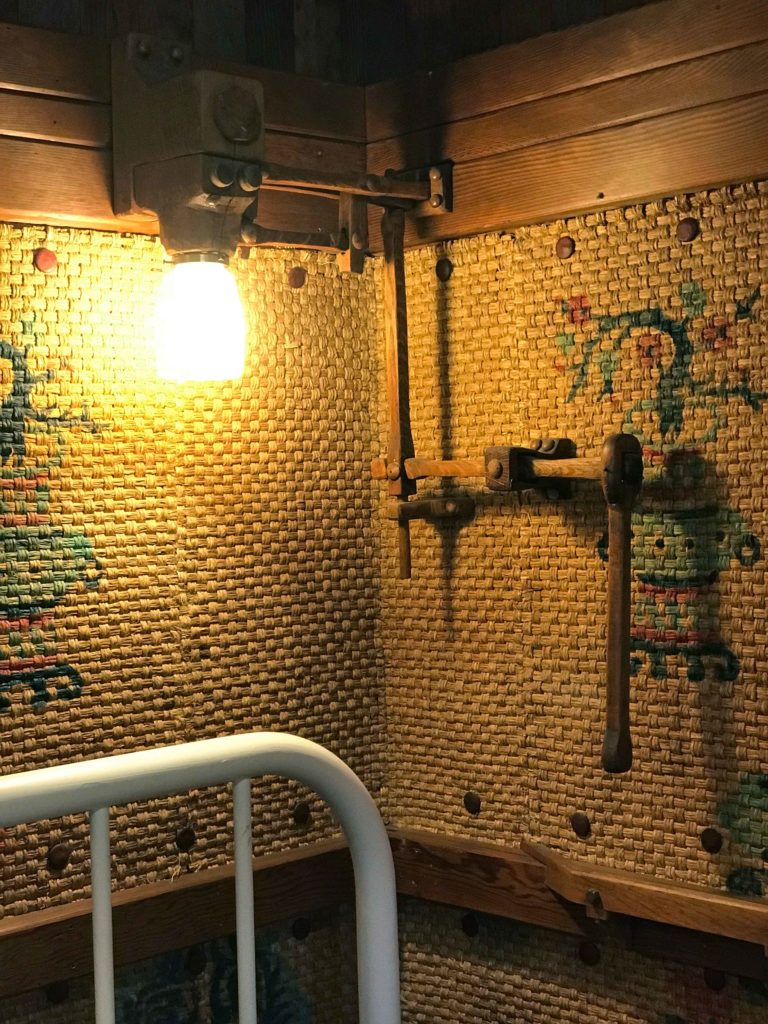
“There is nothing typical about this building,” said David H. Barkin, architect and president of Barkin Andrade Architects, in a statement to the New York Times. “Everything about it is unique.”
Inconspicuous mirrors made it possible for him to visualize what went on in his house from the comfort of his own personal quarters. Long before the advent of security cameras and central monitoring systems, he was able to view the comings and goings of those who entered his front door and the quantity of alcohol his guests consumed from his liquor cabinet.
Gillette was fond of comfort, designing living spaces with a flair that never wandered too far from purpose. While cities such as Hartford, where Gillette was born, had electricity as early as the 1880s, rural areas like East Haddam were still far off the grid. To keep his home outfitted with the latest electrical devices, Gillette installed a generator, fueling several unique and self-styled light fixtures within the home.
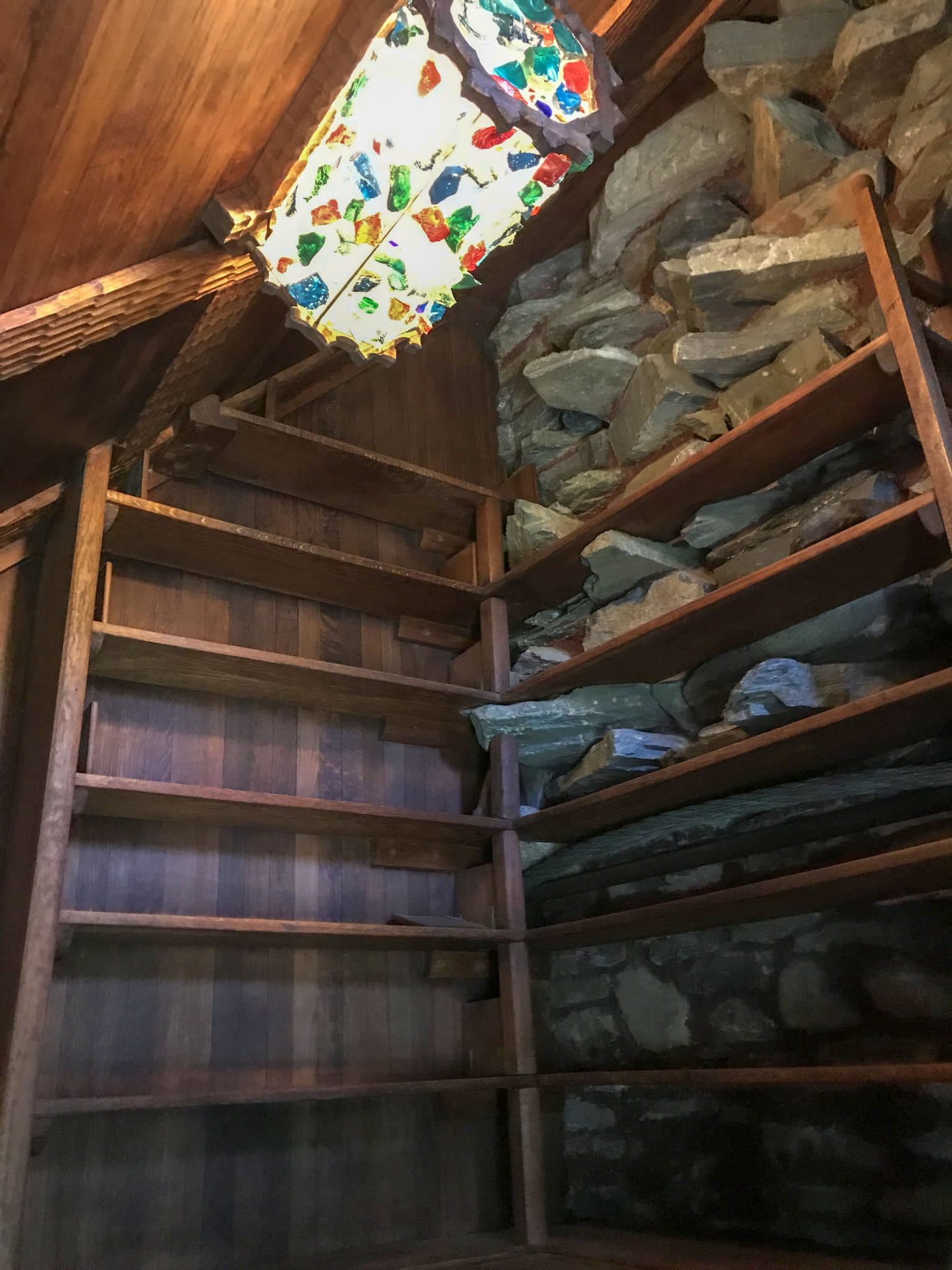
Gillette Castle in Connecticut: The Legacy of an Inventor
What you see when touring the Gillette Castle in Connecticut is unfortunately only part of Gillette’s creation. Both turret towers are closed due to modern building codes which make it difficult to fit fire-safe stairwells to the upper floors. Other rooms are off limits as well and traffic is one-way within the house.
Tours start in the lower-level entry where a guide waits to enlighten you on the many quirks and innovations Gillette installed in his castle
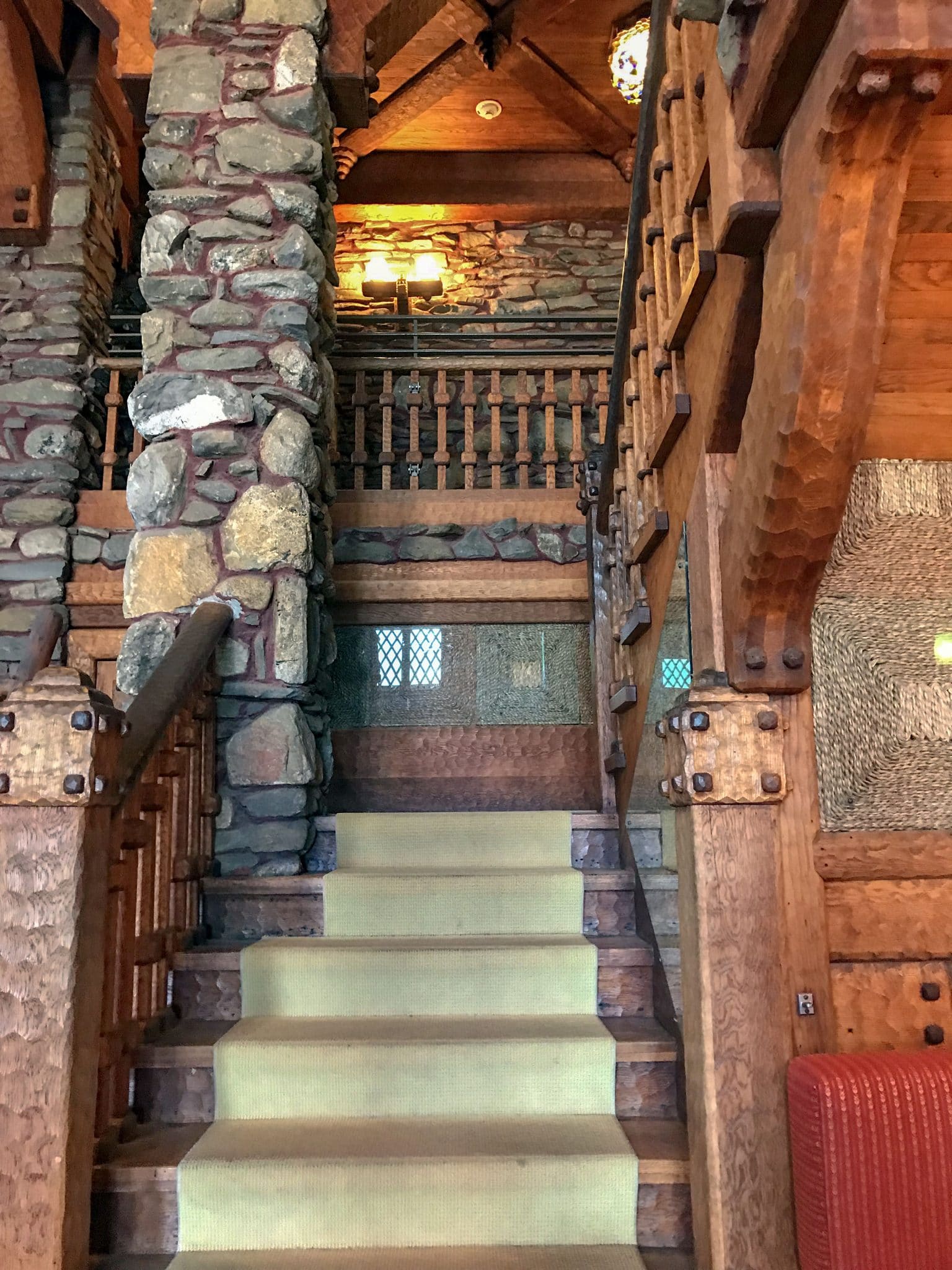
Rising to the main floor, guests receive a glimpse of the actor’s workroom where he liked to tinker with new innovations, as well as a doorway to one of the secret passageways.
The main room provides magnificent views of the Connecticut River from across a stone patio, but you won’t be able to venture outside just yet. Be sure to see all of the living area here before venturing upstairs, because you won’t be able to return again.
After viewing the bedrooms of the second floor and ascending to the third-floor art gallery, you’ll be shuttled down a hallway into one of the turret towers, where a stairway waits to provide admittance to the outside patio.
Linger here and soak up the views of the ferry escorting passengers across the Connecticut river below and the glossy shimmer of the water, before heading out to explore the grounds. Gillette was an avid railroad enthusiast and built his own engine and track to take guests on tours around his property. You can still see some of the features of his train concourse and the depot today.
If you haven’t been there yet, stop at the visitor center before leaving. A presentation on the life and career of William Gillette plays every few minutes.
William Hooker Gillette died on April 29, 1937 at the age of 83 due to a pulmonary hemorrhage. The state of Connecticut purchased his 184-acre property in 1943 and turned it into a state park, keeping alive the memory of a man who might otherwise have been forgotten.

What to Know Before You Go to Gillette Castle in Connecticut
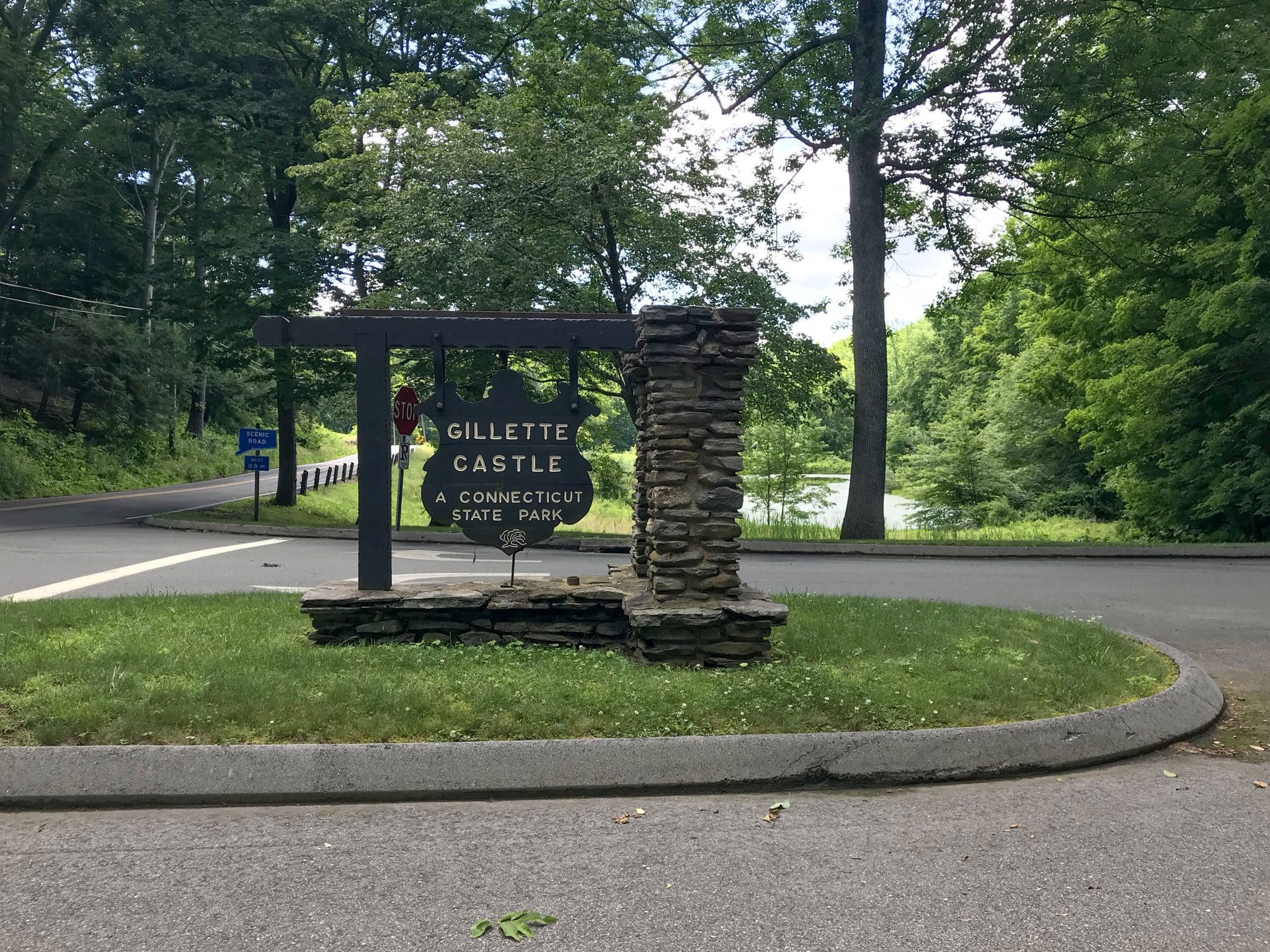
Hours of operation: The castle is open Memorial Day through Labor Day and weekends only through Columbus Day. The grounds are open from 8:00 – sunset year round. Dogs are allowed on the grounds but not in the buildings. For up-to-date ticket pricing and hours of operation, visit the Friends of Gilette Castle website.
Several picnic sites are available.
Touring Gillette Castle
Plan on at least an hour to tour the castle and up to four hours if you plan to spend time in the visitor’s center or touring the grounds.
To extend this trip, consider stopping Ray of Light Farm or Lavender Pond Farm in nearby Killingworth for a unique adventure.
Location:
67 River Road
East Haddam, CT
For more information, phone 860.526.2336 or visit the DEEP website.
For more New England exploration, check out our blog on the fun things to do in New England.
LOCATION
East Haddam, CT
TRIP LENGTH
3-4 hours depending on whether you decide to visit the grounds
